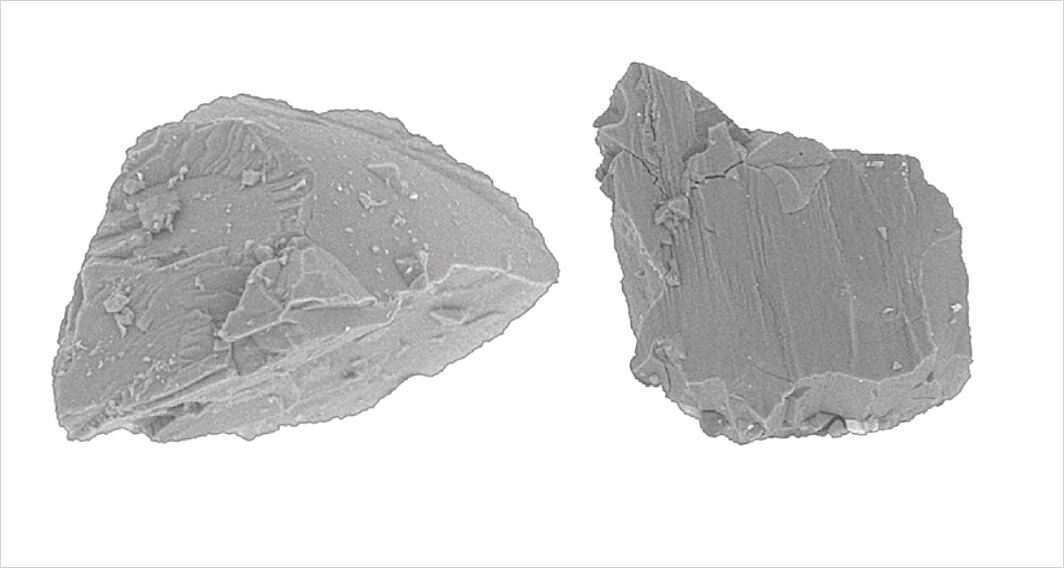Asteroid Itokava, resembling a peanut, has a length of about 535 meters and a width of 210 to 300 meters. It makes one revolution around the Sun in 18 Earth months at an average distance of 1.3 astronomical units, crossing the Earth’s orbit and going beyond the orbit of Mars.
An analysis of five Itokawa asteroid fragments delivered to Earth on a descent vehicle in 2010 during the JAXA Hayabusa mission showed the presence of a large amount of water in two of them. This, according to the authors of the study, indicates that similar space stones bombarding our planet at the beginning of its history could deliver up to half of the ocean water contained on it today.
While we did not offer, no one thought to search for water in the fragments of Itokawa, and it is a great honor for us that the Japanese space agency shared its five particles. As a result, we found that the samples are enriched with water compared to the average value for objects of the inner solar system.
-Tsilyan Jin, lead author of the study at the University of Arizona (USA)
Based on the observations of Itokava in ground-based telescopes, planetologists attributed it to the spectral class S, which connects the object with stony meteorites, which are believed to be fragments of this type of asteroids.
S-type asteroids are one of the most common objects in the asteroid belt. It is believed that they were born at a distance of 1/3 to 3 astronomical units from the Sun. And despite the fact that they are usually not large, they still managed to save water and other volatile elements included in them during education.
-Maytray Bose, co-author of the study at the University of Arizona
Today, astronomers believe that Itokawa is a remnant of the parent body with a diameter of at least 19 kilometers, which in the course of its history has undergone several blows, one of which became destructive. This event split the primary asteroid into several fragments, two of which eventually merged into a single object about 8 million years ago.
The samples delivered to Earth were collected on the surface of Itokawa, however, we do not know for sure where these grains were sealed in the original parent body, but we believe that they were buried at a depth of more than 100 meters. And, despite the catastrophic destruction, as well as the fact that the grain of the samples were exposed to radiation and micrometeorites on the surface of Itokawa, the minerals still demonstrate the presence of water that did not evaporate into space.
-Tsilyan Jin
For planetologists who paint a picture of the formation of the Solar System, asteroids are a valuable resource, as they are unused building blocks of planets that store primary materials.
The asteroid sample return missions are mandatory if we really want to deepen our knowledge of planetary objects. One of these to Itokawa told a lot about the volatile elements on the bodies that helped shape the Earth. And it is quite possible that a similar mechanism for delivering water to the planets is common in systems of other stars.
-Maytray Bose
Water rich asteroid Itokawa
Click To Tweet
The post Water rich asteroid Itokawa appeared first on Upcosmos.com.
